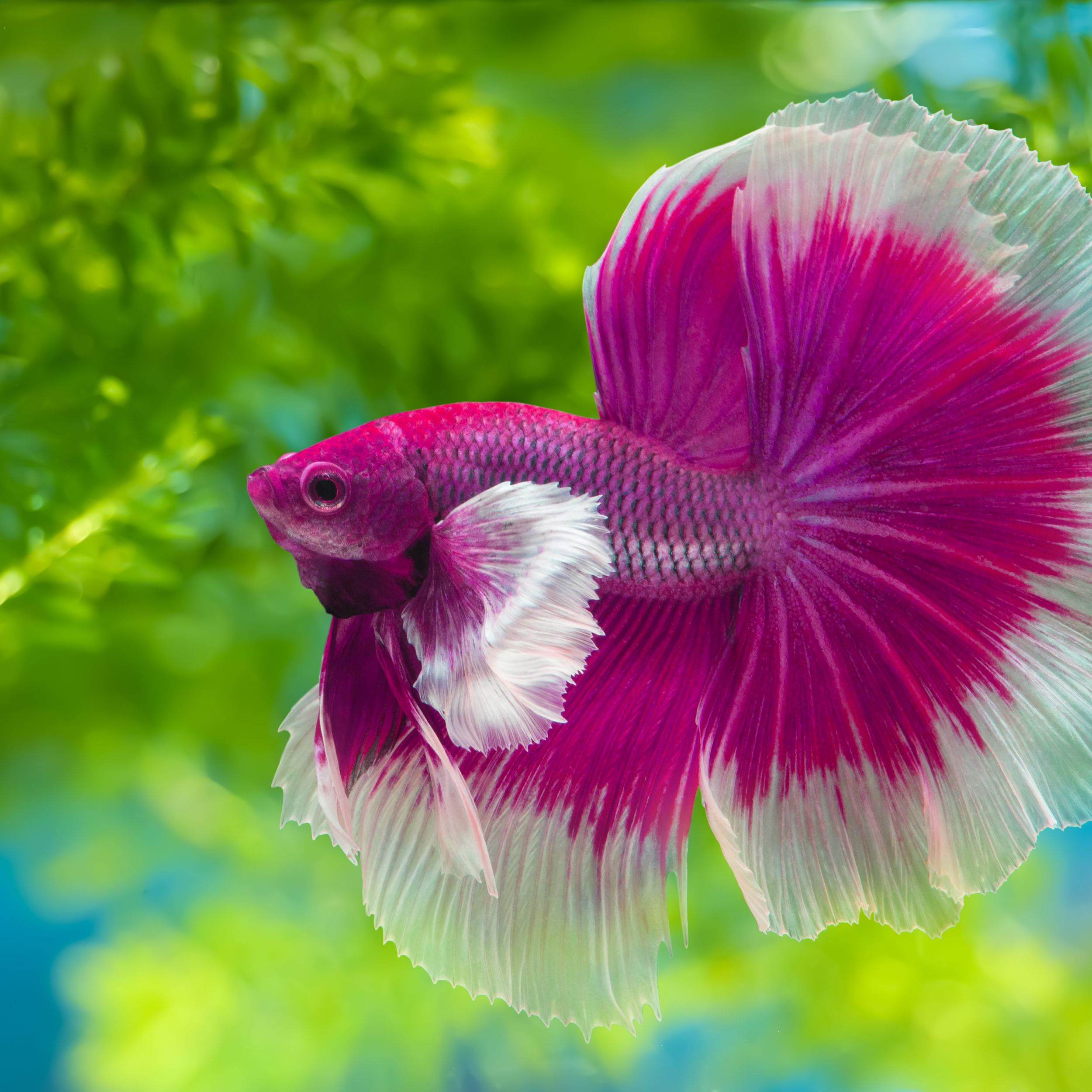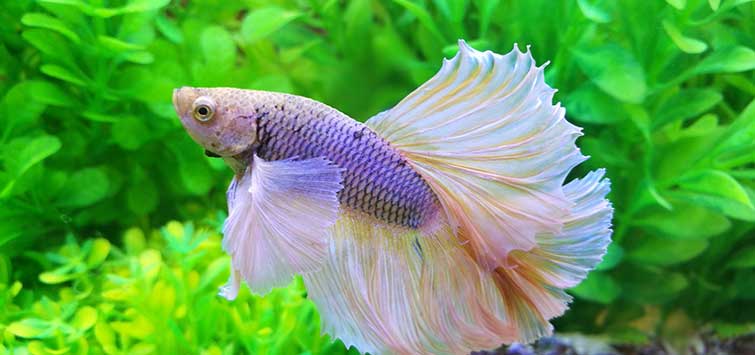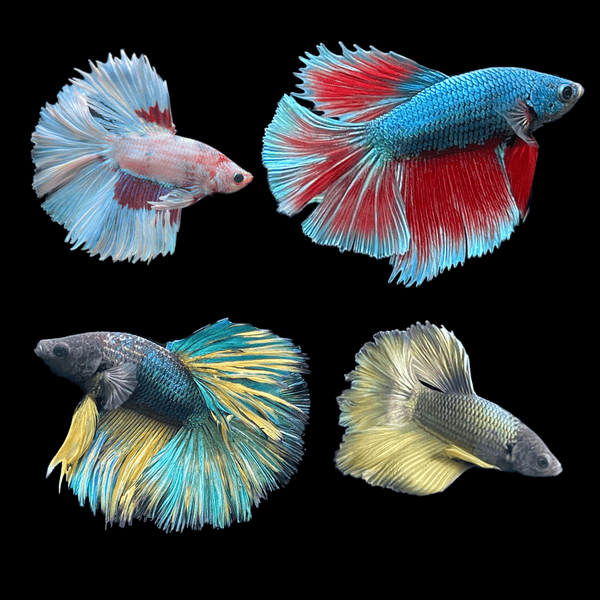Exactly how to Produce the Perfect Betta Fish Habitat in the house
Exactly how to Produce the Perfect Betta Fish Habitat in the house
Blog Article
Reproducing Betta Fish: a Comprehensive Step-By-Step Guide to Effectively Raising Baby Bettas From Eggs to Their Adult Years
Reproducing Betta fish is a precise undertaking that requires cautious preparation and implementation to guarantee the effective growth of fry from eggs to develop fish. Selecting genetically diverse breeding couple with preferable characteristics is just the beginning; producing an optimum environment and comprehending the details of the breeding process are just as important. As the male Betta vigilantly constructs a bubble nest and guards the valuable eggs, the succeeding phases of treatment and change demand attention to detail and knowledge of finest techniques. How does one browse the tough yet rewarding path of nurturing these lively creatures to the adult years?

Picking Reproduction Pairs
When beginning on the journey of reproducing Betta fish, choosing the ideal breeding sets is vital to achieving desirable attributes and a healthy lineage - betta fish. The initial step in this procedure is to identify the particular traits you desire to enhance or protect, such as shade, fin kind, and physique. It is important to choose genetically diverse pairs to prevent inbreeding, which can lead to health and wellness problems and undesirable attributes
Evaluate possible breeding prospects very carefully. A healthy and balanced male Betta ought to show dynamic colors, an active attitude, and well-formed fins, while the woman needs to also show vivid coloration and a rounded stomach, indicating preparedness for spawning. Observing the personality of both fish is important, as hostile or extremely shy individuals might not breed effectively.
Documents of lineage is similarly crucial. Maintaining records of the moms and dad fish's ancestry can help you track genetic attributes and potential problems. In addition, consult reliable dog breeders or on-line sources for guidance on selecting compatible pairs. Eventually, spending time in the option process will considerably improve the probability of generating solid, vibrant spawn that meet your reproduction goals (betta fish).

Preparing the Breeding Tank
Developing an optimum breeding environment is a crucial step after picking appropriate pairs for Betta fish. The reproduction container must be especially developed to provide convenience and stimulate the all-natural breeding habits of the fish. Begin with a tank dimension of at least 10 gallons to make certain sufficient space for both the male and women Bettas.
Keep a gentle filtering system to keep the water tidy while avoiding strong currents that can emphasize the fish. Furthermore, an air rock can be added to give oxygenation without interrupting the water surface area as well a lot.
Temperature law is vital; objective for a steady series of 78-82 ° F(25-28 ° C) making use of a trusted heater. The pH level ought to be maintained in between 6.5 and 7.5, and normal water adjustments are necessary to make sure high water high quality.
Include drifting plants or generating mops to create hiding spots for the female, while also urging bubble nest building by the man - betta fish. Ensure the container is cost-free from sharp decors and any possible risks, as the well-being of the fish ought to constantly be focused on during this vital phase of reproduction.
The Reproduction Refine
Usually, the reproducing process for Betta fish involves a series of unique and evident habits that indicate preparedness for recreation. The male Betta starts by constructing a bubble nest at the YOURURL.com water's surface area, which functions as a website for the fertilized eggs. This nest is vital, as it gives a risk-free environment for the eggs till they hatch out.
As soon as the nest is established, the man will certainly show courtship actions, such as flaring his fins and displaying vibrant colors to draw in the woman. The lady, upon picking up the man's readiness, will certainly react by displaying upright red stripes along her body, indicating her receptiveness.
The fertilized eggs then fall to the bubble nest, where the male look these up very carefully accumulates and returns them to the nest. Following this, the male thinks responsibility for protecting the nest and making sure the safety and security of the eggs up until they hatch, commonly within 24-36 hours.
Caring for Betta Fry
Taking care of Betta fry calls for mindful focus to their environment and nutrition to guarantee healthy and balanced development and growth. After hatching, Betta fry are very small and prone, demanding a secure and clean habitat. Keeping a water temperature level in between 78 ° F and 80 ° F is important, as Betta fry thrive in cozy problems. In addition, make sure that the water is devoid of dangerous toxins; regular water adjustments of 10-20% are suggested to maintain ideal water high quality.
Feeding Betta fry is just as important. Feed them small amounts several times a day, being cautious not to overfeed, which can lead to water quality concerns.
Transitioning to Grownup Bettas
As Betta fry mature, transitioning them to grown-up Bettas is an essential stage that needs careful management of their environment and social communications. This process typically begins when the fry get to around 6 weeks old, at which point they can be progressively presented to a more structured living atmosphere.
To facilitate this shift, it is vital to make sure that the water parameters-- such as temperature, pH, and ammonia degrees-- are ideal and secure. Adult Betta fish flourish in warm water (around 78-80 ° F) with a pH of 6.5 to 7.5. Progressively adjust the fry to these image source problems to decrease stress and anxiety.
Social interactions are an additional crucial aspect; man Bettas are notoriously territorial and aggressive. Consequently, it is a good idea to different males into specific storage tanks as they develop. Female Bettas can be housed with each other, yet treatment must be taken to keep an eye on for indicators of aggression.
Additionally, dietary modifications should be made as the fry expand. Incorporate high-quality pellets and live foods to support their development and wellness. By managing these aspects properly, you can promote a successful transition to their adult years for your Betta fish.

Conclusion
Successful reproduction of Betta fish needs careful interest to information throughout the entire procedure, from selecting genetically varied pairs to giving ideal treatment for fry. In addition, a balanced diet and gradual adaptation to grown-up environments are vital for the growth and advancement of Betta fish.
Report this page